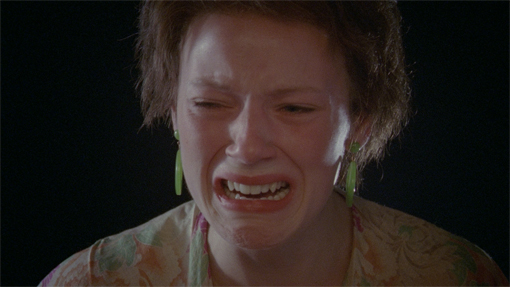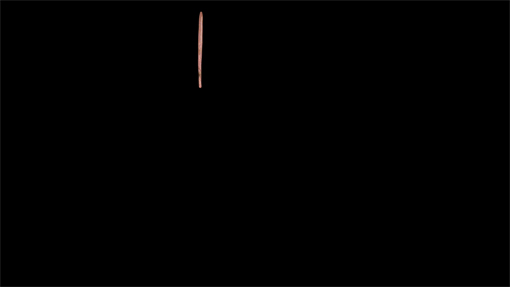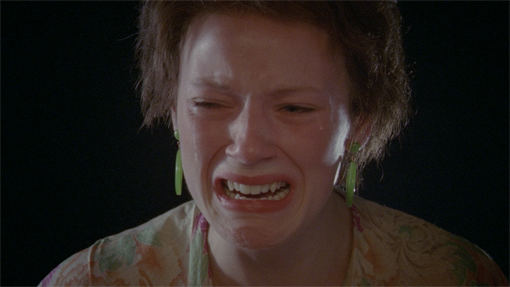Enhancing a Close-up Performance for Death in Love
It’s a stellar performance in a great scene. The framing is a close-up. This girl goes from a completely still face to an extreme emotional breakdown and back to a still face, all within about two minutes. It was quite a good performance-unfortunately, she just couldn’t come to tears for the shot. So that’s where we stepped in.
The elements were a real test. We had a two-minute shot, which is quite a long shot to do compositing on, and the framing of the actress was so close that we had to be dead on with everything we did. There was never an intent for any compositing to be done on this shot, so it was completely lacking the kind of scene information that would help with the compositing process. We didn’t have tracking markers. We couldn’t determine the exact lens that was used, or three-dimensional perspective. That was all hand-manipulated in the Flame.
Adrian Graham, the head of our 3D department, put together five different of tears in Maya, so we could look at different speeds and whatnot, and we decided which type we were going to use in the shot. Once we figured that out, it took a lot of manipulation in the Flame to match the countours of this actress’s face, the light of the scene, and the perspective change.
Because there was no scene information, we had to do a track with an extended bicubic, which was manipulated to a grid that’s built around her face. We were kind of guessing at the Z-depth and perspective changes – all with a 2D element. The tear followed a straight-line roll that was created in 3D. Between lighting it, tracking it, and blending it to the skin, once you have those, you’re in good shape. But if you can’t get the tear tracked to her face, everything else is irrelevant. It had to be pretty much krazy-glued to her face, and that was insanely tricky.
So the three challenges were the length of the shot, the close-up framing, and the lack of scene information. From a VFX perspective, the most important point was not to draw attention to the shot. Those elements needed to be introduced into the scene and blended to live with everything else. That was the most important factor – we could not take anything away from her performance.
Did you enjoy this article? Sign up to receive the StudioDaily Fix eletter containing the latest stories, including news, videos, interviews, reviews and more.












